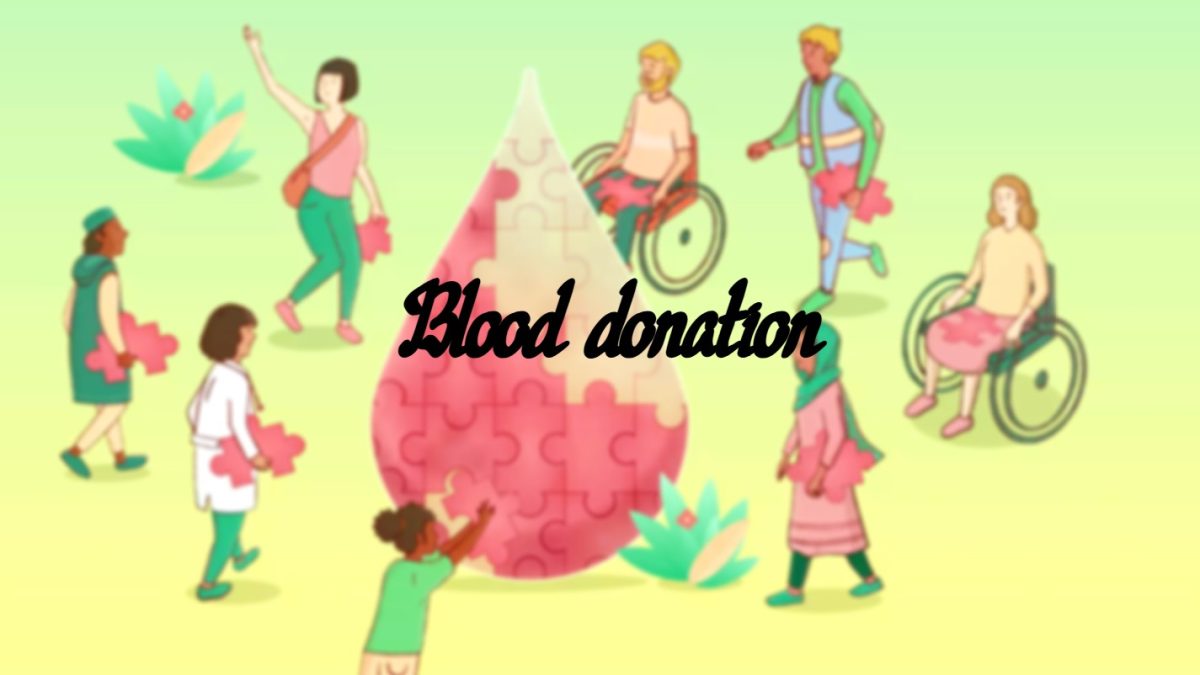
Dynamic optimization of blood collection strategies from different potential donors using rolling horizon planning approach under uncertainty
February 2, 2024
Applications of artificial intelligence in supply chain management and logistics
July 30, 2024Blood donation involves voluntarily giving blood, which is then processed to create life-saving transfusions and medical treatments. This process, known as fractionation, separates whole blood into its components. Specialized facilities, such as blood banks, coordinate the collection and processing of donated blood. Driven by factors such as altruism, a sense of community, personal satisfaction, and social pressures, individuals in developed nations predominantly donate blood voluntarily to support a public blood supply.
History
Charles Richard Drew was a pioneering American surgeon and medical researcher renowned for his groundbreaking work in blood transfusions. His research led to significant advancements in blood storage techniques, culminating in the establishment of large-scale blood banks, a pivotal development during World War II. Drew’s expertise was instrumental in saving countless lives among Allied forces. As a leading African American figure in the field, he vociferously opposed the discriminatory practice of blood segregation, ultimately resigning from his position with the American Red Cross in protest of this unscientific policy.

Whole blood donation procedure
Blood donations come in various forms. While whole blood donations encompass all blood components, other donation types focus on specific elements. These collected components, collectively known as blood products, are essential for medical treatments but have limited shelf lives. To ensure a consistent supply, regular blood donations are crucial.
Apheresis donation procedure
Apheresis is a specialized donation process that isolates specific blood components. Unlike whole blood donation, which collects all blood components at once, apheresis uses a machine to separate out desired elements like platelets, red blood cells, or plasma. The remaining blood is then returned to the donor. While a standard blood donation typically takes around 20 minutes, apheresis procedures can last between one and two hours, depending on the component being collected.
Plateletpheresis: Platelet donations, obtained through plateletpheresis, are highly targeted to address the specific needs of patients with conditions that affect blood clotting. These donations are vital for those undergoing cancer treatments, surgeries, or transplants.
Double red cell donation: Specifically targeting red blood cells, double red cell donation provides a direct and efficient way to support patients in need. These concentrated donations are essential for individuals with severe blood loss or anemia.
Plasmapheresis: specifically targeting the liquid portion of blood, provides a crucial resource for emergency medical care. The antibodies and clotting factors in plasma are essential for treating trauma patients and controlling bleeding.

Why is donating blood so important?
Every day, countless individuals rely on blood transfusions to survive accidents, surgeries, chronic illnesses, or life-threatening conditions. Blood is a precious resource that cannot be artificially created. It’s solely through the generosity of blood donors that this vital lifeline is maintained.
The Impact of Your Donation
By donating blood, you become an unsung hero, directly contributing to the health and well-being of your community. Your donation can help patients of all ages, from premature infants to the elderly. Whether it’s replenishing blood loss after surgery, supporting cancer treatment, or aiding in the recovery from trauma, your contribution is invaluable.



